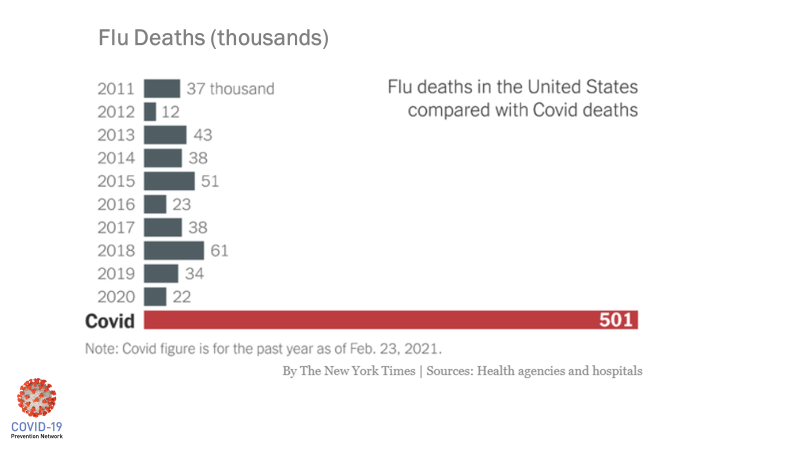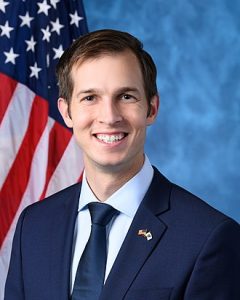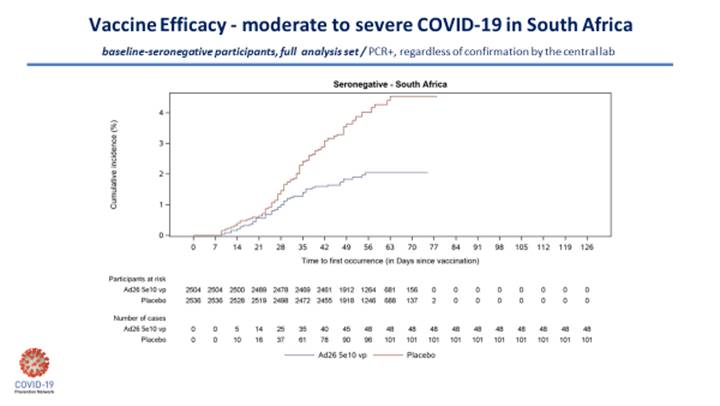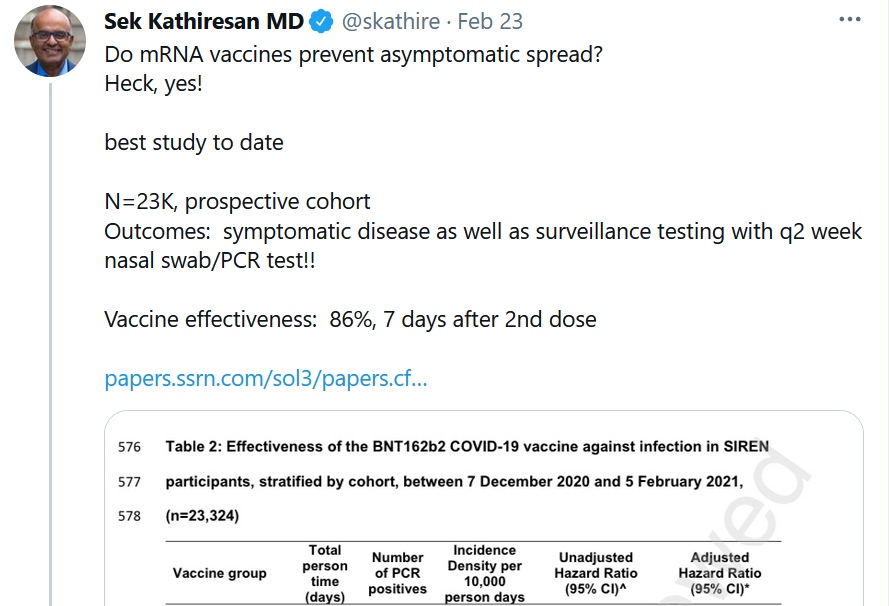Get In-depth Biotech Coverage with Timmerman Report.
14
Mar
2021
One Vaccine Dose or Two? We Need Our Best Defenses Against the Variants

Larry Corey, MD
When there aren’t enough doses of vaccine to go around against the SARS-CoV-2 virus, and you’re trying to protect as many people as possible as fast as possible, what’s the right thing to do?
Does it make sense to take the Pfizer and Moderna vaccines and give them as single shots, in order to stretch out our existing supplies and vaccinate twice as many people right away? Or would we be better off sticking with the two-dose regimen that’s been shown to stimulate the immunity needed to keep people out of the hospital and alive?
The “one-shot or two-shot” question is a legitimate subject of debate among scientists, including leading epidemiologists. The media are giving it prominent air time.
My view, based on the underlying immunology and the clinical trial results, is that it’s better to stick with the proven two-dose regimen. Allow me to elaborate.
Proponents of the one-shot strategy acknowledge that a second dose should be given, but they don’t think that the timing of that second dose is as essential as one-dose partial protection in an urgent moment. Some say it’s OK to have a lag time between the first dose and the second, and that the second dose could be given two or three months later. The vaccines were tested in two-dose regimens given three or four weeks apart. By stretching out the time between doses, they contend, we’ll get more of the population partially protected, while buying a little time for the manufacturers to ramp up all the supplies needed for the second round of dosing.
When numerous esteemed people are saying the same thing, a reasonable observer should listen and consider the argument. These people have good faith reasons for taking that position.
But let’s pause and unpack these ideas a bit.
There are substantial data demonstrating partial efficacy after one dose of the Pfizer and Moderna vaccines. Data from the initial Pfizer trial showed that between day 12 and day 21—between the first and second dose—people in the vaccine group were less likely to get COVID-19 infection than their counterparts in the placebo group. The Pfizer vaccine’s efficacy as a single shot was 52% (39 participants in the vaccine group acquired disease compared with 82 infections in the placebo group).
Data from Israel, which had one of the most efficient vaccine rollouts of any country, confirms that a single shot of the Pfizer vaccine delivers about 50 percent effectiveness in the real world with all its messiness. The data in the Moderna trial were essentially the same. From randomization to dose two, there were 7 cases of infection in the vaccine group and 46 COVID-19 cases in the placebo group.
So, on purely clinical grounds, an epidemiologist can argue that more good could be derived for the whole population by vaccinating two persons with a 50% effective vaccine compared with one person taking a 95% effective vaccine.
This poses an interesting decision to make on a personal level with respect to informed consent. What would you rather have as an individual – 95 percent efficacy in two doses three or four weeks apart, or 50 percent efficacy while waiting another 2-3 months for the next dose?
I don’t think the real answer lies in a debate about the ethics of reduced efficacy from single-dose immunization or the efficiency of public health versus individual rights. The important question is: Would we actually be doing more harm than good by administering one dose of the Pfizer or Moderna vaccine to more people?
Why do I raise this question?
I say this as a virologist, knowing that the viruses we’re encountering today and the ones we will encounter in the next several months are not the same viruses that we tested the vaccines against and upon which the single-dose data are based on.
The SARS-CoV-2 virus in wide circulation today, with its myriad variants, is a more formidable adversary. The variants that are emerging and taking over have higher infectivity and have evolved new capabilities to escape from neutralizing antibodies. We have learned that the seeds of that escape are found among people with low/partial immune responses from natural infection. That means the virus, when it gets inside a host with only partial immunity, has a greater opportunity linger inside the body and keep replicating until it develops certain evolutionary advantages.
In this context, while the body is mounting a weak immune response and the virus is continuing to replicate, we’re likely to see a prolonged period of viral shedding from the nose and mouth. That raises the likelihood of sustained community transmission. Essentially, the viruses are stressed but not eliminated by partial immunity.
In such a situation, it makes sense to make the virus face off with our most formidable immune defenses. We force it to go up against people who have been fully immunized with the two-dose vaccine regimen.
There are data to support this view. When we look at the protective antibody levels at day 21 after the first dose of the Pfizer vaccine, we see that the 50% serum neutralization titer is 29. When people get the second dose, and their blood is evaluated for antibodies just 7 days later, neutralizing antibody titers shoot up to 270. After another 7 days – a full two weeks after the second vaccine dose – neutralizing antibody titers are all the way up to 437!
The data with Moderna are similar: after one dose, the mean titer of neutralization is only 18; 7 days after dose two, it’s 256; and 7 days after that, it’s 344.
For people unfamiliar with neutralizing antibody titers, a level of 29 is equal to a low-dose convalescent plasma treatment. We know at this point that low-dose convalescent plasma is associated with more harm than good — it is associated with being a precursor for escape variants to emerge among immunosuppressed persons.
It’s also important to recall that the data we have on efficacy are derived from the clinical trials that were designed to match the vaccine strain with the original—or what some call “wild type” (Washington strain)—virus. The new variants change the game somewhat, and require us to take another look at their impact on vaccine efficacy.
Data from the lab, looking at live virus versus neutralizing antibodies in the petri dish, shows two-or three-fold more antibodies are required to neutralize the B.117 variant now spreading throughout the UK and Europe. Lab results further show 8 to 10-fold more neutralizing antibodies are required for the B.1.351 variant emerging from South Africa.
This resistance to neutralization is associated with the reduction in efficacy observed in the latest clinical trials in geographies where those variants circulating. The reduced efficacy was seen in both the Novavax vaccine (93% efficacy in the UK and 43% in South Africa) and Johnson and Johnson vaccine (73% efficacy in the US and 58% in South Africa).
This necessity for higher amounts of antibodies against the new variants is why I am concerned about having large numbers of people walking around for an extended time period with less-than-optimal levels of immunity. A 2-3 fold reduction in a neutralizing titer of 20 after one dose of mRNA equates to a titer of 5. That’s essentially no detectable neutralizing activity. An 8-fold drop results in neutralizing titers that “fall off the grid”. This is not the case with the second dose when a two-fold reduction from 450 is still a neutralizing titer of 225 and an 8-fold reduction is 60 — still three times the neutralizing levels above that seen with one dose of mRNA vaccine.
The argument for the two-dose regimen is even stronger when you look at vulnerable subpopulations. Many elderly people have weak immune systems. One dose of the mRNA vaccine often elicits antibody titers of less than 20. The elderly invariably require two doses to get a detectable neutralizing response.
A similar situation is also seen among persons with a wide variety of chronic diseases; their less-than-robust immune response will have an even greater impact on levels of protection after one dose. Data on the origin of escape variants points to immune-suppressed patients and persons with untreated HIV as reservoirs for the selection of escape mutations, especially with the E484K mutation harbored within the B.1.351 variant.
My compatriots say if one dose works for the Johnson & Johnson vaccine, why not do the same with Pfizer and Moderna? There is a difference: there is a much greater CD8+ killer T cell immune response in the J&J vaccine at one dose than with the mRNA vaccines after one dose. It’s really a different mechanism of protection with the adenoviral vector-based J&J vaccine.
While my musings are inferential, so are the views espoused by those advocating for the one-shot strategy. This is the nature of pandemic response. We are all looking at the same data, asking pertinent questions, and doing our best to navigate the uncertainty in the moment.
It behooves us to solve the challenge of vaccinating our population by first immunizing with the regimens that we know have demonstrated extremely high levels efficacy. Even with our absolute best immune defense, the variants will pose a challenge. I believe we will do more harm than good by markedly increasing the population of people with partial protective immunity.
Weakening our best defense may be well-intended, but it could come back to haunt us. Depending on the past is not how an RNA virus behaves. It uses the past to change its future in order to survive. Good epidemiology does not necessarily mean good virology.
We need all the strength we can muster in the vaccine regimens. For the two mRNA vaccines, I want my friends and family to be immunized with the full two-dose schedules authorized by regulators at the FDA and the European Medicines Agency.
Dr. Larry Corey is the leader of the COVID-19 Prevention Network (CoVPN ) Operations Center, which was formed by the National Institute of Allergy and Infectious Diseases at the U.S. National Institutes of Health to respond to the global pandemic, and the Chair of the ACTIV COVID-19 Vaccine Clinical Trials Working Group. He was intimately involved in the planning of the phase 3 vaccine studies conducted under the funding auspices of Operation Warp Speed. He is past President and Director and Professor in the Vaccine and Infectious Disease Division of Fred Hutchinson Cancer Research Center; and Professor of Medicine and Virology at University of Washington.





















